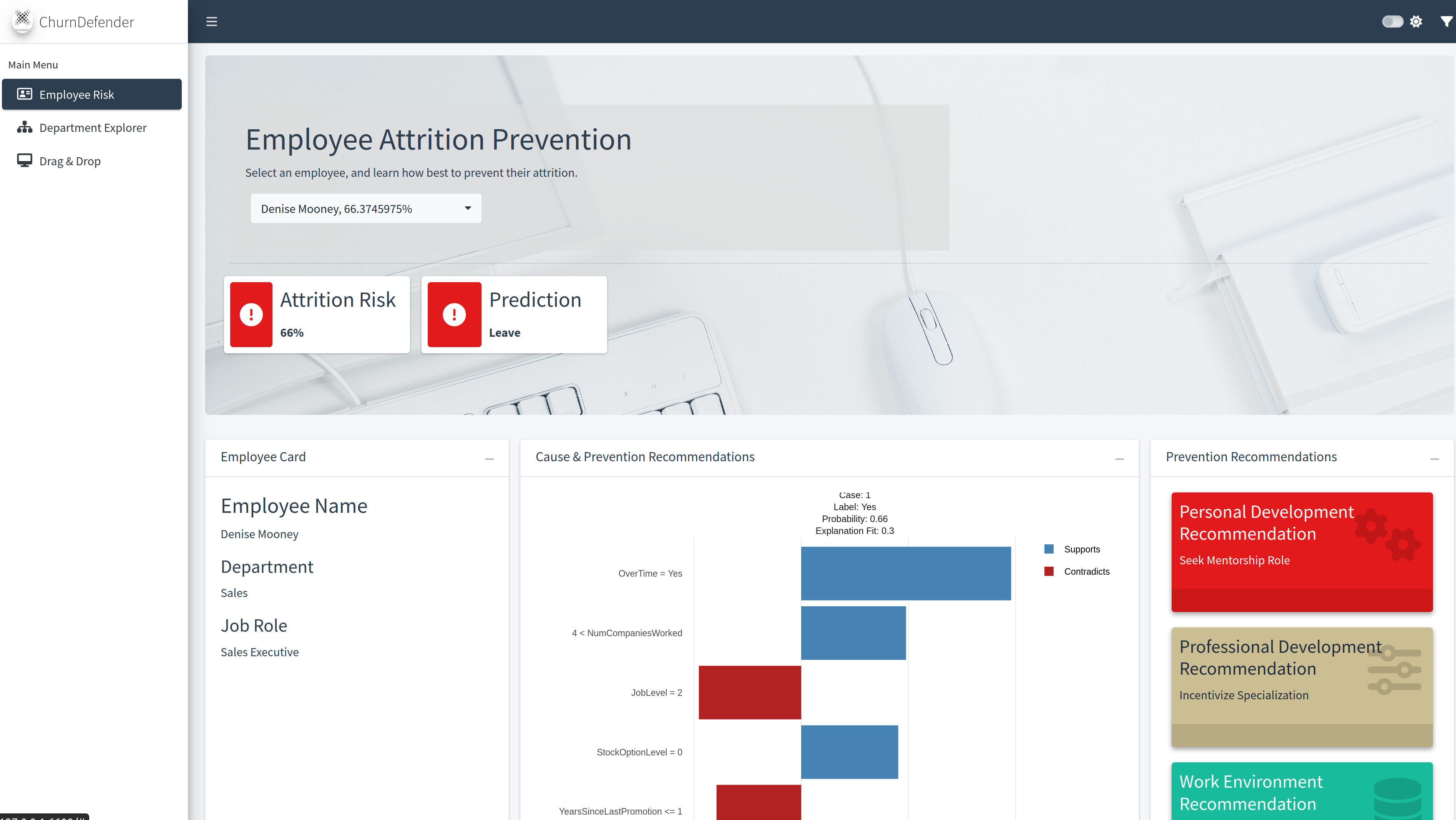Human resources (HR), an indispensable cornerstone of any enterprise, has traditionally been the backbone of organizational growth, focusing on fostering relationships, addressing concerns, and creating a thriving work environment. HR’s historical reliance on gut feelings and human touch was its signature strength. Yet, in our evolving business landscape marked by rapid technological progress and dynamic workplace demands, HR finds itself at an intersection. Data-driven decision-making powered by data science and artificial intelligence (AI) is emerging as HR’s most formidable ally, complementing intuition with quantifiable insights.
Why Data Science & AI in HR?
In today’s hyper-competitive market, HR can’t simply be about managing people; it needs to be about strategic growth. The fusion of data science and AI is providing HR with tools that not only simplify but also refine traditional processes.
-
Automating HR Functions: Traditional recruitment, on-boarding, and engagement strategies often feel like casting a wide net, hoping to catch the right talent. But AI narrows this scope. With its precision, HR can match job applicants not only based on resume keywords but also align them with the organization’s culture, values, and future goals. Furthermore, data-driven strategies are redefining employee training, ensuring not just skill acquisition but also skill application.
-
Empowering Decision-making: The past era saw HR professionals relying on yearly surveys and occasional feedback to gauge employee sentiment. Now, real-time data analytics offers a continual pulse on organizational health. Predictive analysis not only spots trends in employee retention, behavior, and satisfaction but can also preemptively address issues before they escalate.
-
Innovation & Transformation: HR is no longer just the mediator or the talent scout; it’s becoming the innovator. With data science and AI, new horizons of employee management and workplace efficiency are being discovered. The tools aren’t just reactive, responding to existing challenges; they’re proactive, envisioning a better future for HR and crafting strategies to realize it.
The Road to Data-Driven HR: Prerequisites & Challenges
Transitioning to a data-driven HR model isn’t an overnight switch but a journey that requires planning, adaptation, and continuous learning.
-
Vision & Purpose: Data for data’s sake can be more overwhelming than enlightening. Thus, every step into data science and AI should be with purposeful strides. The direction should be clear — addressing HR challenges, championing organizational values, and laying out a roadmap where AI is the tool and not the driver.
-
Cultivating a Data-Driven Culture: A tool is only as good as the hand that wields it. For AI and data analytics to truly shine, HR professionals and the wider organization must cultivate a mindset of informed decision-making. This culture doesn’t devalue intuition but fortifies it with evidence, fostering an environment of curiosity and forward-thinking.
-
Skill Development: The world of AI and data science is intricate, demanding not just an understanding but also a proficiency. To truly harness their potential, HR professionals must either equip themselves with these skills or collaborate with those well-versed in them. It’s a synergy of traditional HR expertise and modern technological acumen.
-
Selecting the Right Tools: Technology is continually evolving, offering a myriad of tools and platforms each promising transformative results. But selection is crucial. The right tools should not only align with organizational goals but should also be intuitive to use, ensuring that technology serves HR and not the other way around.
Deep Dive into Resources
-
ADP’s Insight: In a recent article , ADP delves into how data is reshaping HR, highlighting the roles of machine learning and AI. The insights offered emphasize the transformative impact of these technologies on the HR function.
-
Gartner’s Perspective: Gartner’s comprehensive overview on artificial intelligence in HR offers invaluable insights into the current state of AI’s integration and its prospective future in HR.
-
Vantage Circle’s Take: Vantage Circle accentuates the myriad ways AI is permeating HR, offering a fresh perspective on its multifaceted benefits.
-
Betterworks’ Forward Vision: In their magazine piece on how AI is revolutionizing HR , Betterworks provides a glimpse into the future of people analytics driven by AI.
-
AIHR’s Analytical Approach: AIHR provides a detailed exploration into HR analytics , illustrating its importance and the pivotal role it plays in current HR practices.
As HR stands at the crossroads of tradition and innovation, the path forward is illuminated by the combined brilliance of data science and AI. By integrating these tools, HR isn’t just adapting to the modern business world; it’s poised to redefine it. For HR professionals, this era isn’t just about evolution but revolution, beckoning them to harness the vast and transformative powers of data science and AI.
See AI and Data Science in Action
A demo app of an employee attrition prevention system.
A system to predict and prevent employee attrition by calculating their risks and suggesting retention strategies. This solution can be hosted securely on the cloud or within an organization’s infrastructure.
ROI:
An organization that loses 200 productive employees per year has a hidden cost of $10M/year in lost productivity. And, here's the kicker... most organizations do not realize it because productivity is a hidden cost!
Benefits:
-
Cost savings: Proactively predict and reduce employee turnover, leading to savings on recruitment and training.
-
Improved retention: Detect at-risk employees early and address factors like compensation and work-life balance to enhance retention.
-
Better planning: Forecast turnover to prepare for future workforce needs and identify skills gaps.
-
Insight into turnover influences: Determine causes like job satisfaction or management styles affecting employee departures.
-
Data-driven decisions: Real-time insights aid in more informed decisions regarding employee retention.
-
Anomaly detection: Spot unusual turnover patterns in specific teams or departments to address potential issues.

